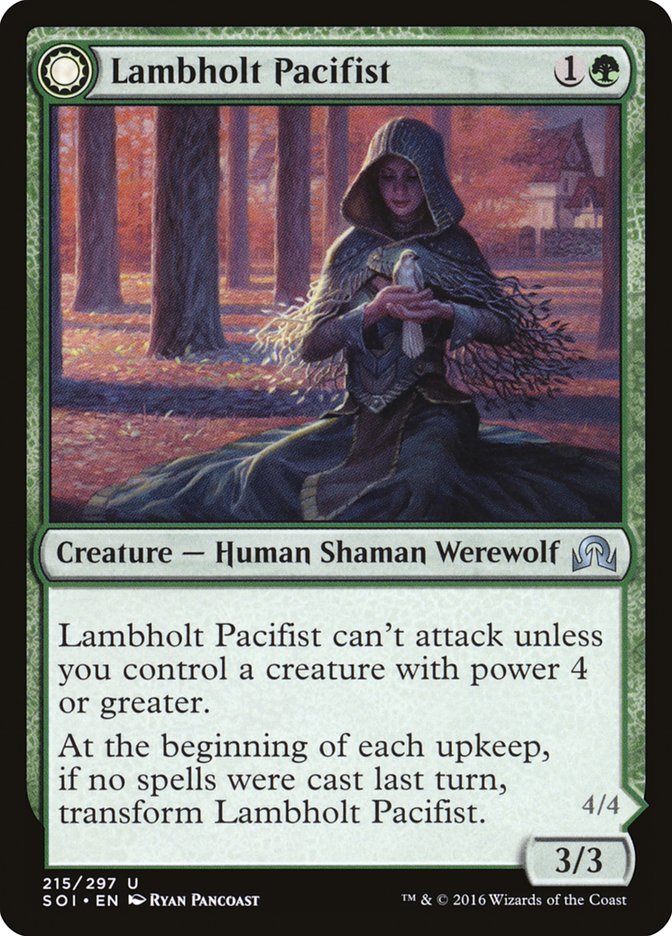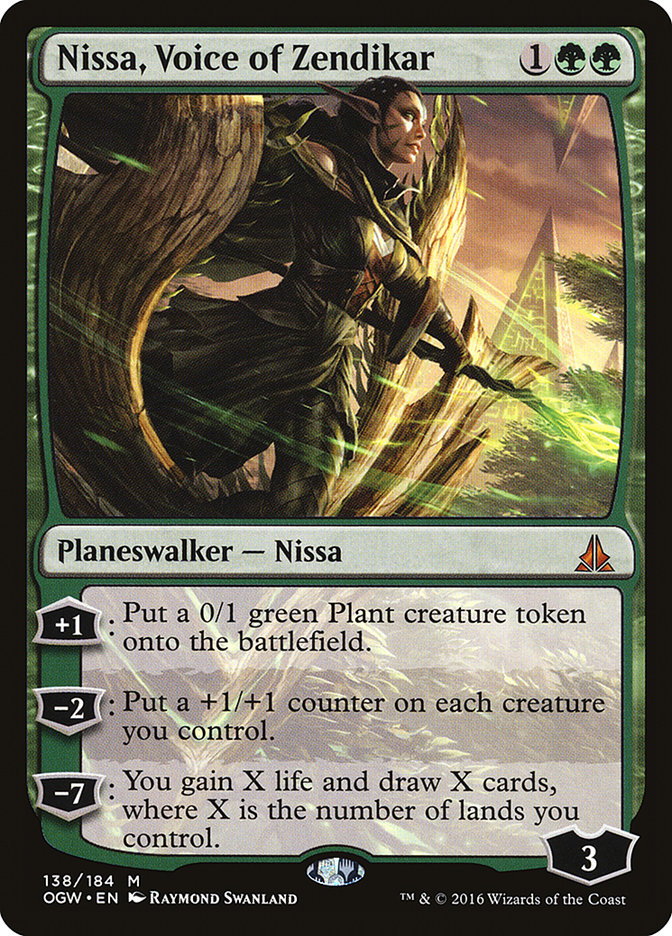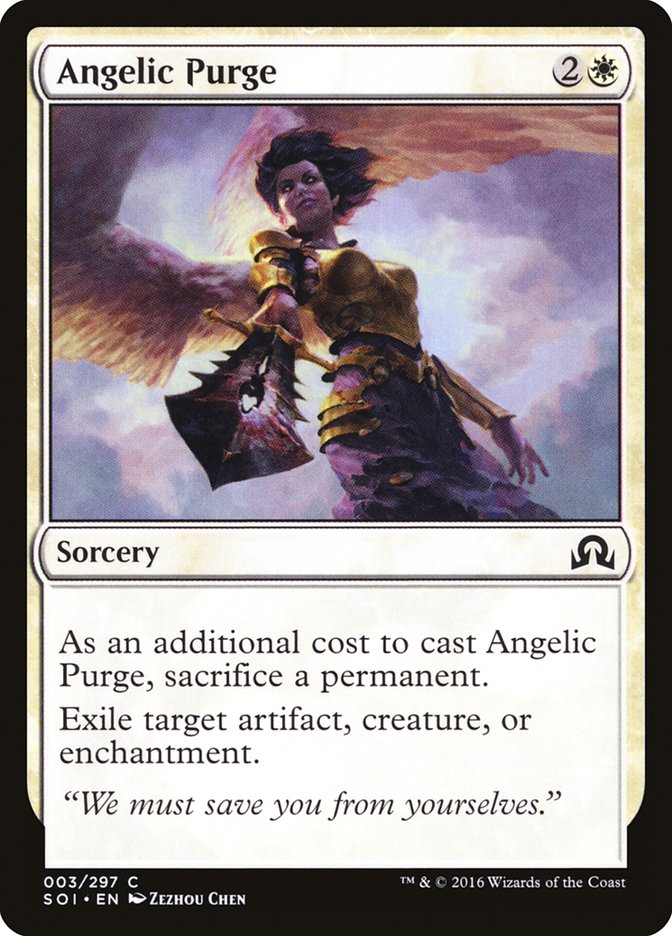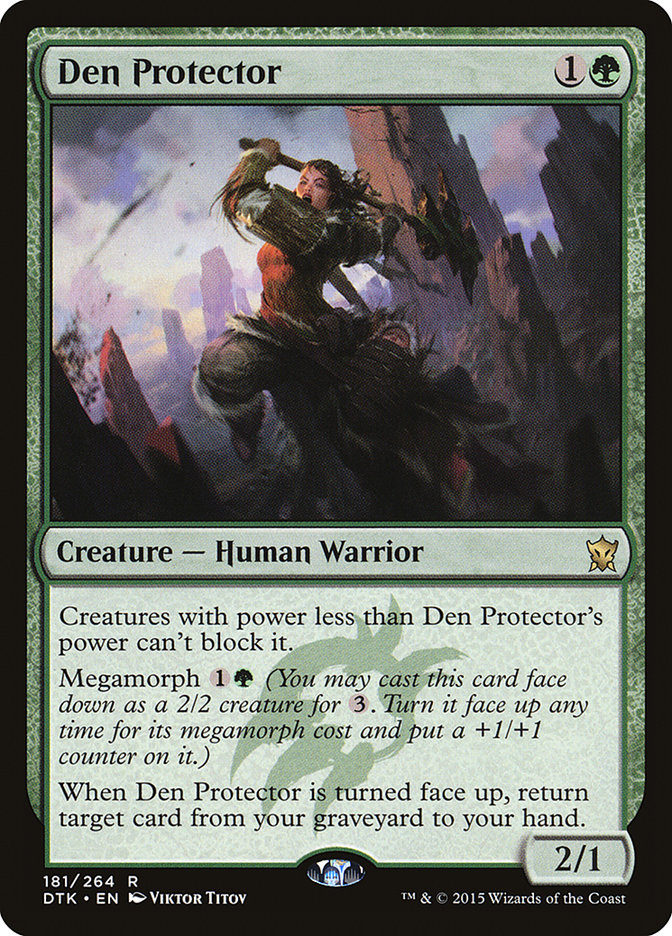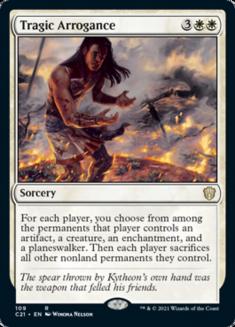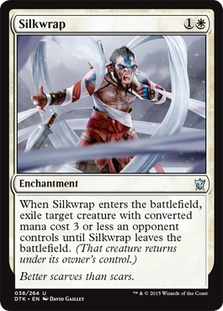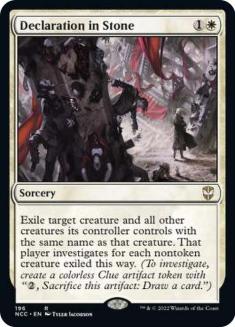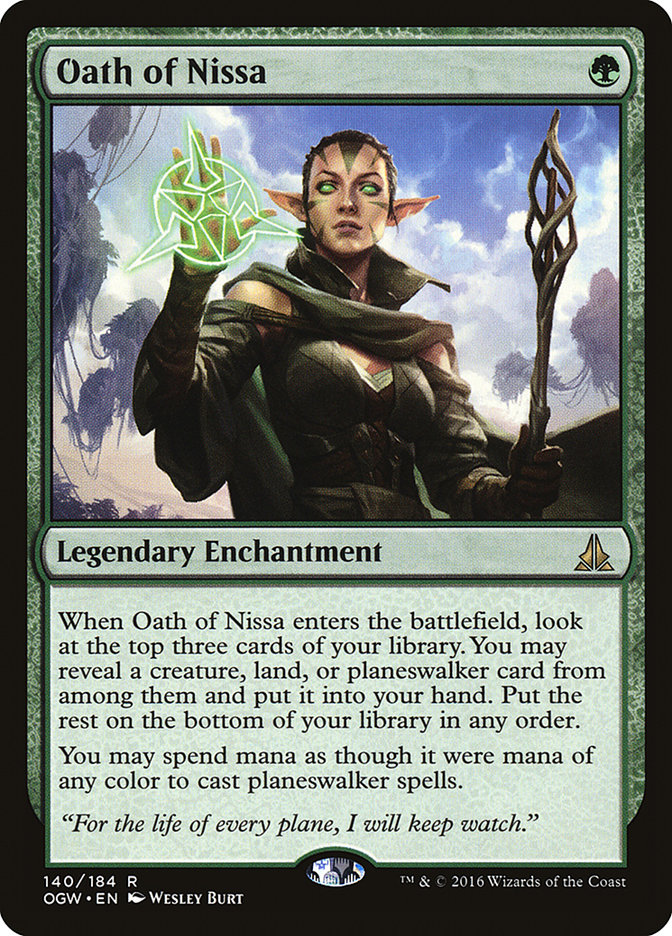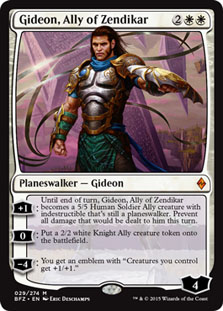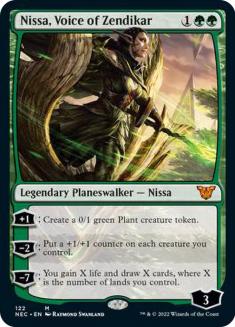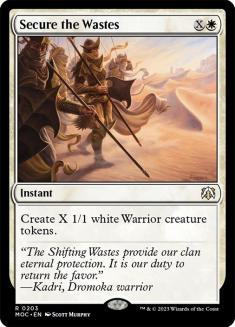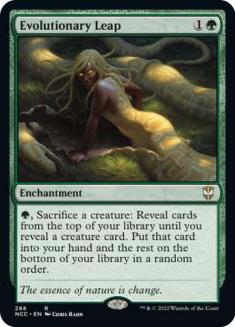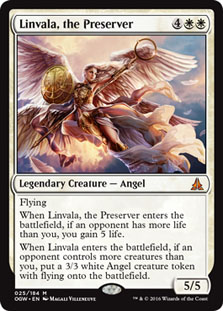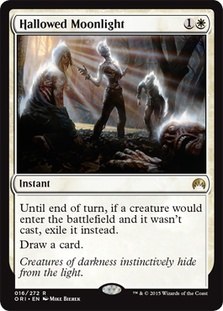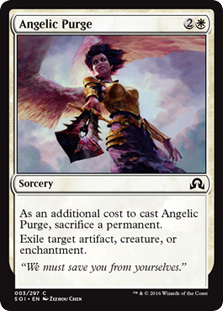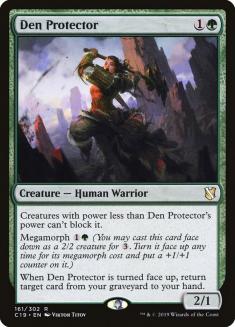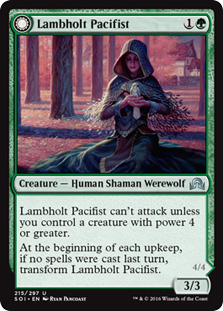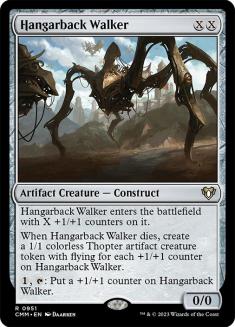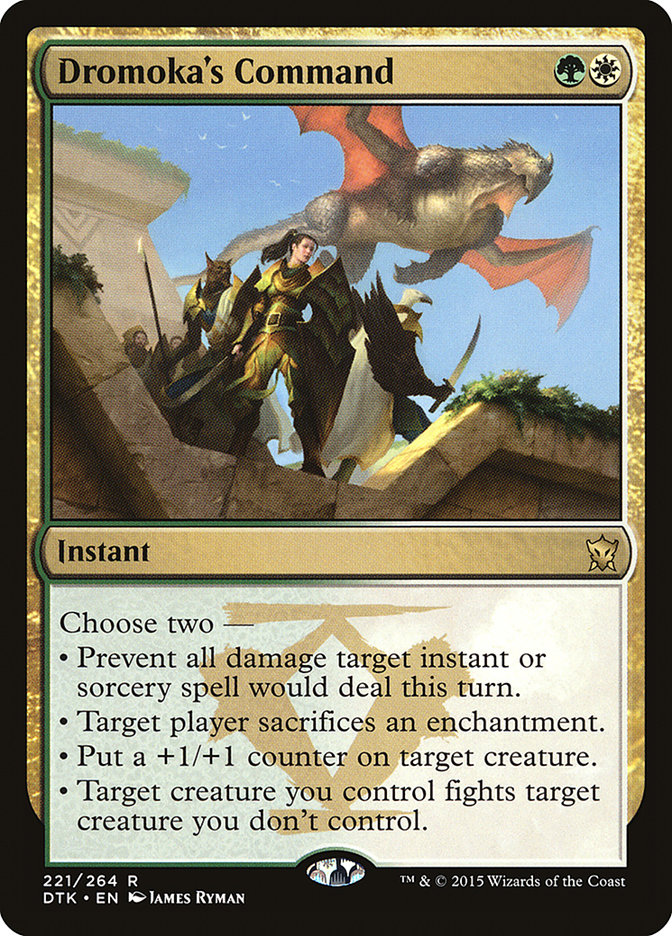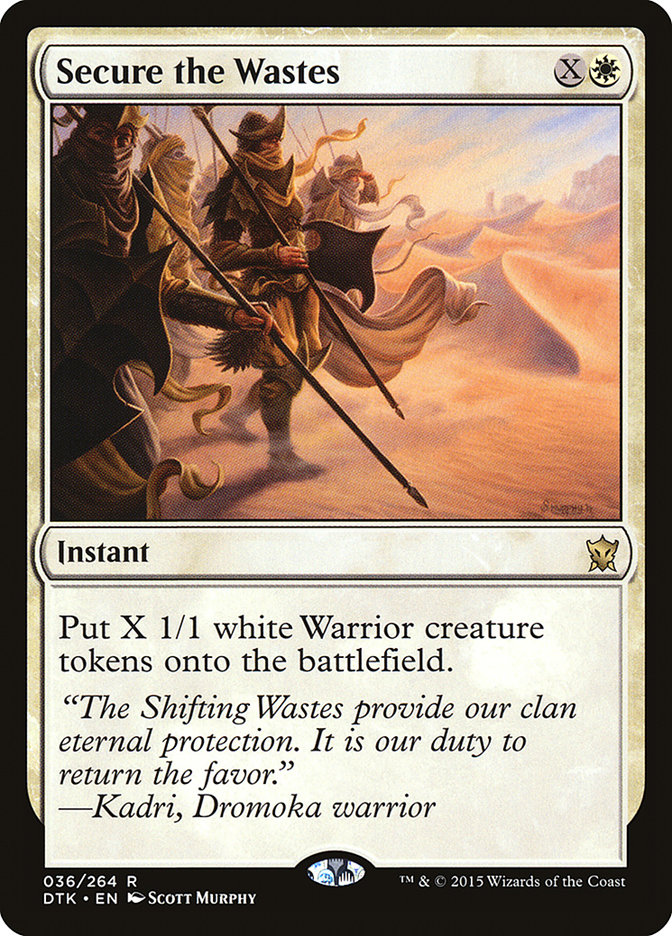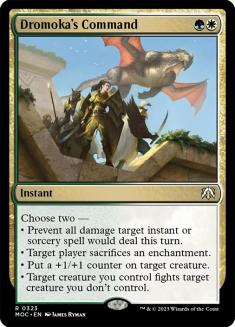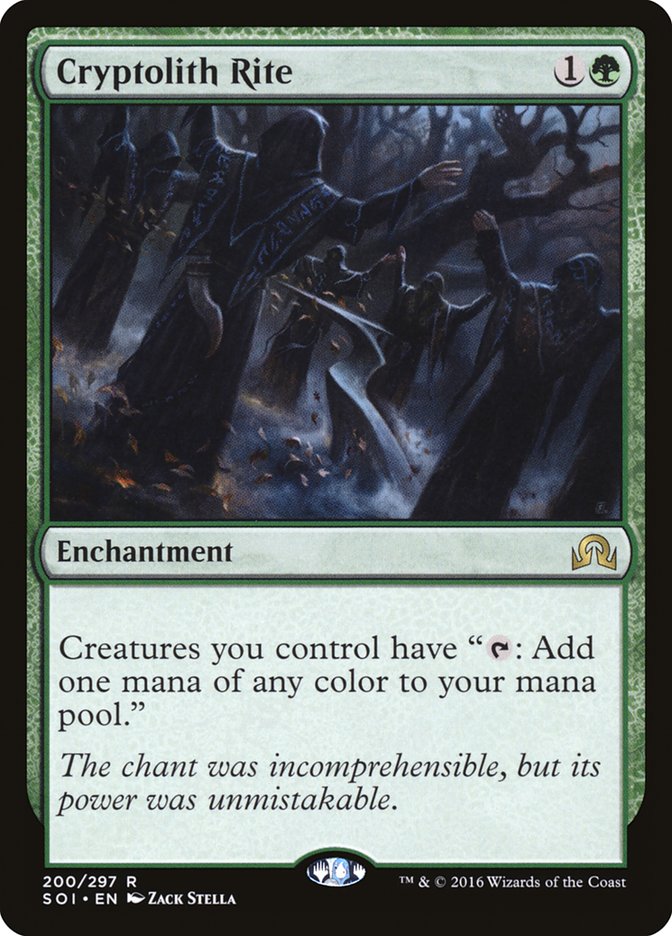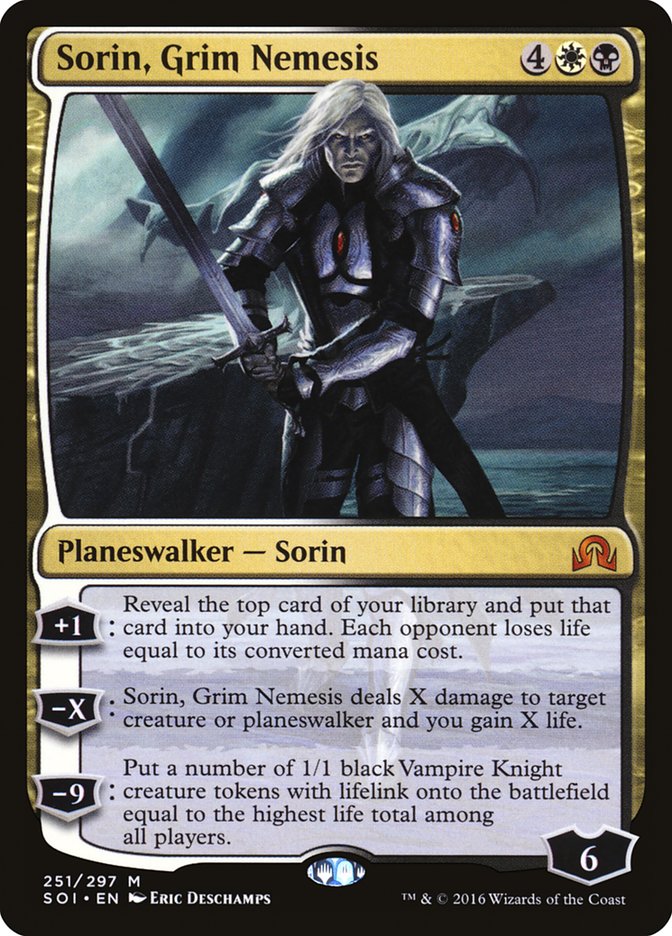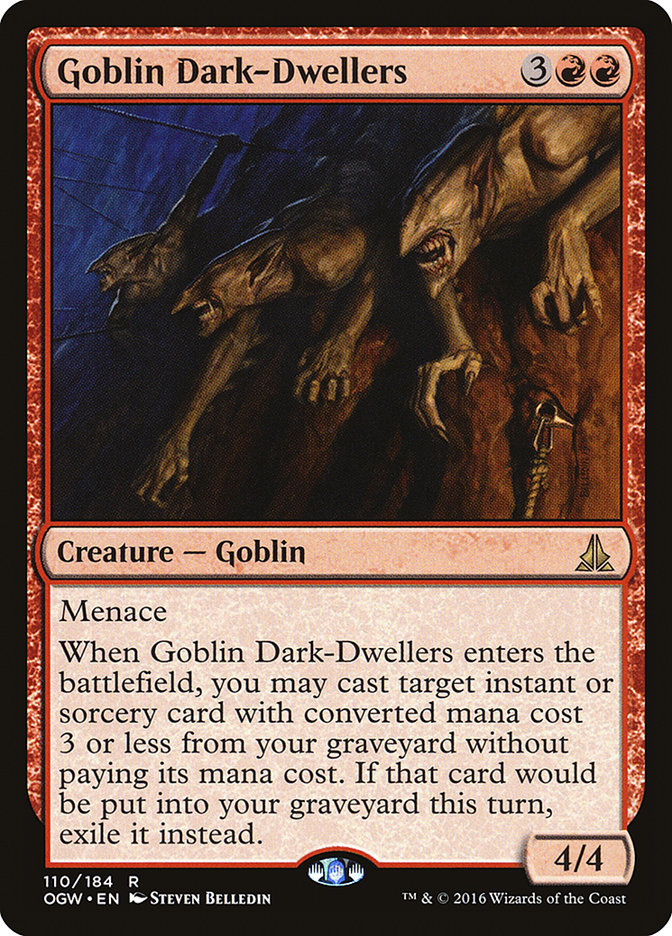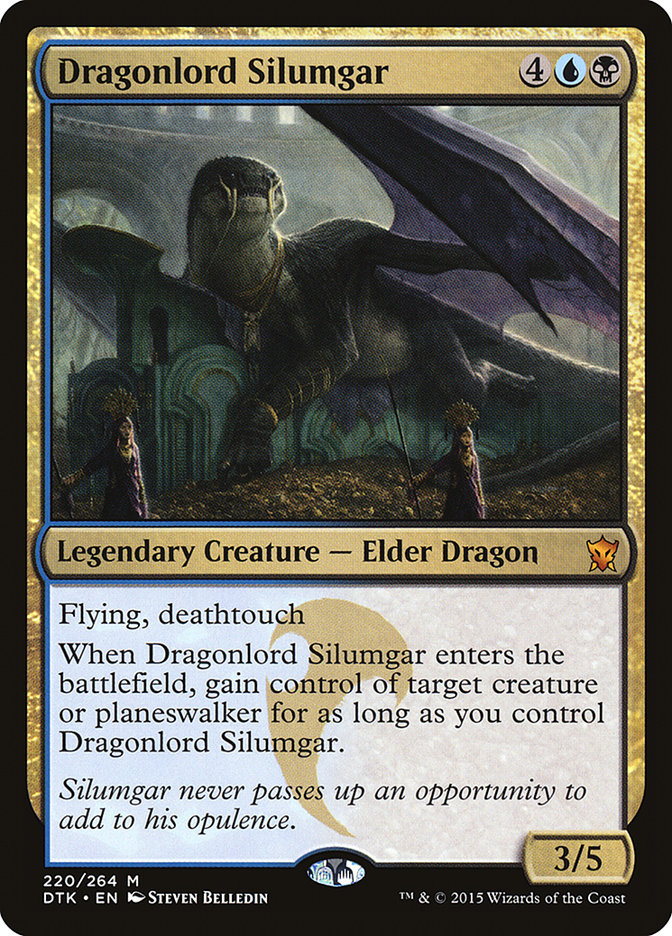Okay, I promise, this is the last time. Well, maybe…
Last week I wrote about some updates I would consider making to G/W Tokens as we moved forward in this new Standard format. This weekend I made some of those changes, and more, and managed to battle to a 15-0 Swiss record, inevitably finishing in fifth place at #GPNY. Fifteen wins so easily snuffed out by one loss in the quarterfinals may put a small damper on the end of a truly magical Mother’s Day weekend, but I’m still proud of my Swiss record, and that I was able to show people that G/W Tokens is here to stay.
This is the final decklist I registered for #GPNY:
Creatures (14)
Planeswalkers (8)
Lands (25)
Spells (13)

The biggest dilemma I encountered all week was which creature to play in addition to Sylvan Advocate, Hangarback Walker, and Archangel Avacyn. I settled on Lambholt Pacifist. I was locked in on playing two creatures in this slot, but it was a close decision between Tireless Tracker, Den Protector, and Lambholt Pacifist.
I spent about two hours the night before the event discussing various reasons for all three with Ondrej Strasky, Thiago Saporito, and Brian Braun-Duin. Of the four of us we all came to different conclusions. While Ondrej and Thiago played Den Protector, BBD went with Tireless Tracker and I decided on Lambholt Pacifist. I did, however, add Den Protector to my sideboard.
I decided on Lambholt Pacifist for a couple of reasons, first of which was mana curve. Having so many two-mana cards in your deck and only five three-mana cards seems awkward, but with Hangarback Walker it makes perfect sense. On turn 2 we can play a Hangarback Wallker, and on turn 3 we can play another two-mana spell and charge our Hangarback.
The second reason I decided on Lambholt Pacifist, albeit a small one, was it allowed me to play the Stasis Snare I’ve grown to love. Instant-speed removal is important against a card like Dragonlord Silumgar, allowing us to protect a Nissa, Voice of Zendikar that’s about to ultimate or a Gideon, Ally of Zendikar that’s stuck on four loyalty. Not only that, we can pass the turn to flip our Lambholt Pacifist and cast Stasis Snare on the opponent’s turn.
My second-place finisher in the race of these creatures was Den Protector, and I wouldn’t want to play Stasis Snare as one of my few removal spells when I have Den Protector maindeck. Often you want to return a removal spell to your hand with Den Protector, and if the only removal spell you drew was still on the battlefield rather than in your graveyard, that can be a real problem.
My last argument for playing Lambholt Pacifist was that I felt like I needed more help Game 1 against decks like Mono White Humans and Bant Company than I did against slower decks. Den Protector is great against the control decks of the format, such as Grixis Control and B/W Control, but planeswalkers already do such a great job in those matchups that I felt I needed to add more points against the more aggressive and tempo-oriented decks such as Humans and Bant.
I did however decide to play Den Protector in my sideboard. I tested Den Protector a lot this past week and realized it was great in post-sideboard games because it allowed me to recast sideboard cards such as Hallowed Moonlight, Declaration in Stone, and Angelic Purge. This was especially important against likely our toughest matchup, Four-Color Rite. Against this deck, we need to keep the battlefield clear while pressuring their life total, and Den Protector in conjunction with a removal spell allows us to do both. The games where you don’t cast multiple removal spells snowball quickly and can become unwinnable in a hurry.
Another card I added to my sideboard was Angelic Purge. Now, had I not added Den Protector to my sideboard, I think I would play Quarantine Field in that slot. Den Protector gets brought in against all the decks you want Angelic Purge for, so being able to rebuy it adds a lot of value. Angelic Purge is in the sideboard for Kalitas, Traitor of Ghet; Virulent Plague; and Dragonlord Silumgar. Dromoka’s Command is usually a pretty bad card against these decks, but sometimes necessary to combat Virulent Plague. Angelic Purge allows us to kill all of these problem cards for one card. With Hangarback Walker, Oath of Nissa, and Nissa, Voice of Zendikar, there is usually a permanent lying around you don’t mind sacrificing.
I was also bringing one copy of Angelic Purge against Crypolith Rite decks as an additional removal spell that can also hit Cryptolith Rite. If, moving forward, you decide to not play Den Protector, I would advise playing at least one Quarantine Field in the place of an Angelic Purge. Quarantine Field not only has the ability to scale, it also has protection from Transgress the Mind, which is usually in all of the decks you bring in Angelic Purge for.
One mistake I made in building my sideboard was cutting the second Evolutionary Leap. My logic was that I was bringing in Den Protector against these control decks now, so I didn’t need a second copy of Evolutionary Leap. Evolutionary Leap gets out of control quickly against control decks and also works quite nicely with Den Protector, so in the future I will likely add back a second copy.
Sideboarding
The more I write about G/W Tokens, the more people ask me questions about the deck. One question I get asked often is how I sideboard. With Standard constantly evolving, I couldn’t really answer the question, because not only is my deck changing week to week, my opponents’ decks are too. I didn’t even fully understand how I should be sideboarding and was still in the process of figuring it out. I think Standard is finally in a place where we can expect a specific metagame, so I will discuss the conclusions I have come to on how to sideboard in a few of the more common matchups with the decklist I played this weekend.
Humans:
In:
Out:
In this matchup it’s mostly about stabilizing as early as possible. Don’t be afraid to deploy a Nissa, Voice of Zendikar to simply soak up some damage while you develop your mana and work toward a Tragic Arrogance or Archangel Avacyn. Gryff’s Boon can be a problem if your life total is low but can be easily managed with a higher life total. If you wanted to improve this matchup, I would suggest another Tragic Arrogance or Planar Outburst in addition to more Lambholt Pacifists.
Bant Company:
In:
Out:
Bant Company tries to come out ahead and build on an early tempo advantage. Our job is to gum up the ground with planeswalkers and our two-mana creatures. The longer the game goes, the more favored we should be by generating incremental advantages with planeswalkers. If we get out to a slow start, both Tragic Arrogance and Linvala, the Preserver do a great job at putting us back into the game.
Evolutionary Leap allows us to find Archangel Avacyn and break our Hangarback Walkers, while also netting us some value off of our Plant tokens. Hallowed Moonlight allows us to counter a Collected Company almost always against this deck, because they usually Flashback a Collected Company off of Jace, Telepath Unbound, which allows us to see it coming.
Four-Color Rite:
In:
Out:
This is one of the deck’s tougher matchups. If we don’t get rid of Eldrazi Displacer, it can slowly take over the game on its own. Dromoka’s Command isn’t well-suited to killing an Eldrazi Displacer because they can simply blink the creature we are trying to fight with. For this reason, it’s best to fire off the Commands while we can and hopefully get a Cryptolith Rite as well as a creature with it.
Controlling the battlefield is extremely important in this matchup, so the more removal you can add to your sideboard, the better. Tragic Arrogance doesn’t play very nicely with too much enchantment-based removal such as Silkwrap, so keep that in mind if you decide to add more. Planar Outburst can replace Tragic Arrogance if you were to go this route, but that may come back to haunt you if a Bant Company player or Mono-White Humans player comes prepared with an Archangel Avacyn of their own.
The Mirror:
In:
Out:
The mirror is mostly about the card Gideon, Ally of Zendikar. Usually the player who is able to keep it on the battlefield and stabilize can just attack with it over and over until the opponent is forced into action. Remember: if your opponent turns their Gideon into a creature and you plan on playing an Archangel Avacyn to block or attack it with, it may be wise to respond to the Gideon activation so that Archangel Avacyn is protected from a Dromoka’s Command.
Hangarback Walker is slow to pressure planeswalkers and is easy to kill with Declaration in Stone, so we can shave those for some more removal and Den Protector while also bringing in Tragic Arrogance as a reset button when needed. Secure the Wastes has the ability to win the game sometimes, but it also gets a lot worse when your opponent brings in their own Declarations in Stone and Tragic Arrogance, and we are also bringing in Tragic Arrogance, so unless the Secure the Wastes closes the game in one attack phase, it gets a lot worse after sideboarding.
I don’t think there is much we can do to improve this matchup since it’s so dependent on drawing our planeswalkers. As a side note, I chose to not bring in Hallowed Moonlight in this matchup because I didn’t want a card that couldn’t affect the battlefield in my hand. Hallowed Moonlight plays as a counterspell in this matchup only to Secure the Wastes, and upon re-evaluation I think it is likely better to just leave it in the sideboard unless you know your opponent is going to play a lot of Secure the Wastes in sideboarded games.
Grixis and W/B Control:
In:
Out:
I sideboard exactly the same against both of these decks and the games play out similarly. We win these matches by diversifying our threats against Languish and generating small advantages with planeswalkers and Hangarback Walker while also dealing with Dragonlord Silumgar, Virulent Plague, and Kalitas, Traitor of Ghet.
Angelic Purge does a nice job cleaning up all of those threats. Evolutionary Leap is also nearly unbeatable if it stays on the battlefield against these decks, so I would suggest adding another if you’re worried about the matchup. Additionally, Quarantine Field, as previously stated, is really good against Grixis Control as they have nothing to answer it once it’s on the battlefield. B/W Control has Anguished Unmaking to answer Quarantine Field, but between planeswalkers, Evolutionary Leap, and Quarantine Field, Anguished Unmaking is severely taxed.
Esper Dragons, while much less popular than these other decks, I sideboard very similarly against, except I add both Clip Wings and leave out the Secure the Wastes and cut a Declaration in Stone. Notice Dragonlord Ojutai is the only card I want Clip Wings for. I see people constantly bringing in Clip Wings against decks with only Archangel Avacyn or even against Westvale Abbey, and I think that’s a mistake.
Standard in the Future
Do I still think G/W Tokens is the best deck in Standard? You’d think that after a 15-0 start I’d say yes, but I’m not so sure.
I think decks like W/B Control, Grixis Control, and Four-Color Rite all have claims to that throne as well. G/W Tokens plays extremely powerful and resilient cards, so I think it will be a huge part of the format moving forward. I was really impressed with Grixis Control this weekend especially. I never felt comfortable playing from the G/W Tokens side of the matchup, and I know it’s definitely favored against Cryptolith Rite decks. W/B felt much easier to beat from the G/W Tokens side, but I think it’s very good against Grixis Control and Cryptolith Rite decks.
It’s really hard to say what I think the best deck is moving forward, because all of these four decks seem great. If I were going to play a deck that wasn’t G/W Tokens, I’d definitely lean towards experimenting with Grixis Control. I played against one opponent who had Sin Prodder in his Grixis Control deck early in Day 2. This card seemed weird to me initially but proved to be awesome against G/W Tokens. I couldn’t allow Sin Prodder to sit on the battlefield because it drew him cards, dealt me damage quickly, or pressured my planeswalkers because of menace.
If I used one of my few removal spells on Sin Prodder, I would be left with no removal for Kalitas, Traitor of Ghet or Dragonlord Silumgar, which can both take the game over on their own. Newly Platinum Michael Majors had a unique twist on G/W Tokens, adding Tragic Arrogance to the maindeck. This seems like an awesome way to compete with Crypolith Rite decks in Game 1, so maybe this is a good idea moving forward. Such personal twists on decks can make the difference between a successful Grand Prix and an early trip home.
While I think these four decks I named are likely the best decks right now, I think there’s still plenty of room for innovation and encourage you to do so. I am excited to see if anything new comes from the Magic Online Championship Series this weekend, which I and fellow content producers, Gerry Thompson and Sam Black are competing in. Be sure to watch!




